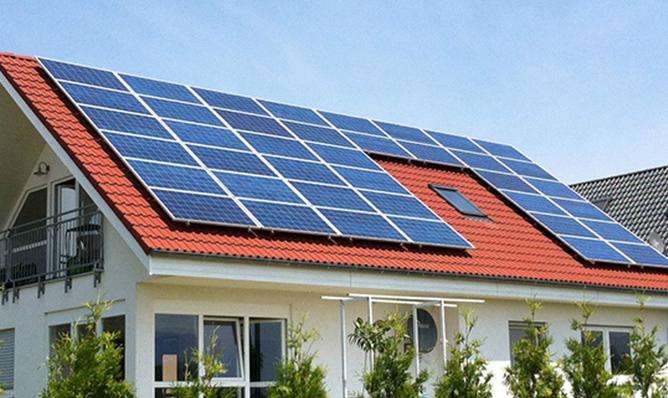The solar cell generates voltage during the day, and VT1 is biased and turned on, which lowers the base potential of VT2. VT2 is cut off and no current flows through the LED. At night, the voltage on the solar panel disappears, VT1 loses its base bias and is cut off, the base voltage of VT2 increases and lights up, and current flows through the LED to emit light normally. The function of VD1 is to prevent the battery from providing reverse power to solar energy and at the same time to prevent the battery from providing bias voltage to VT1. Do not hesitate to adopt it if it is useful, thank you!
Bypass diodes: In order to prevent solar cells from being blocked under strong light and some of them becoming loads due to lack of light and causing serious damage caused by heat, the two poles of the output ends of the solar cell modules are contourned in parallel. The diode acts as a bypass, allowing current generated by other cells to flow out of the diode, so that the solar power generation system can continue to produce electricity and the production circuit energy is not blocked due to problems with a cell.
Anti-reverse diode: prevents reverse power to the circuit and prevents components from being damaged by reverse voltage, current and electrical energy. It is usually connected to the bus output of the battery panel.
Let's talk about your schematic. You have 4 components in series. If there is a series, there is only one positive output. Why are there two. circuits on the left side of your circuit diagram? And two anti-return diodes, one is enough. Besides, the DC system only needs to connect one to the positive pole.














